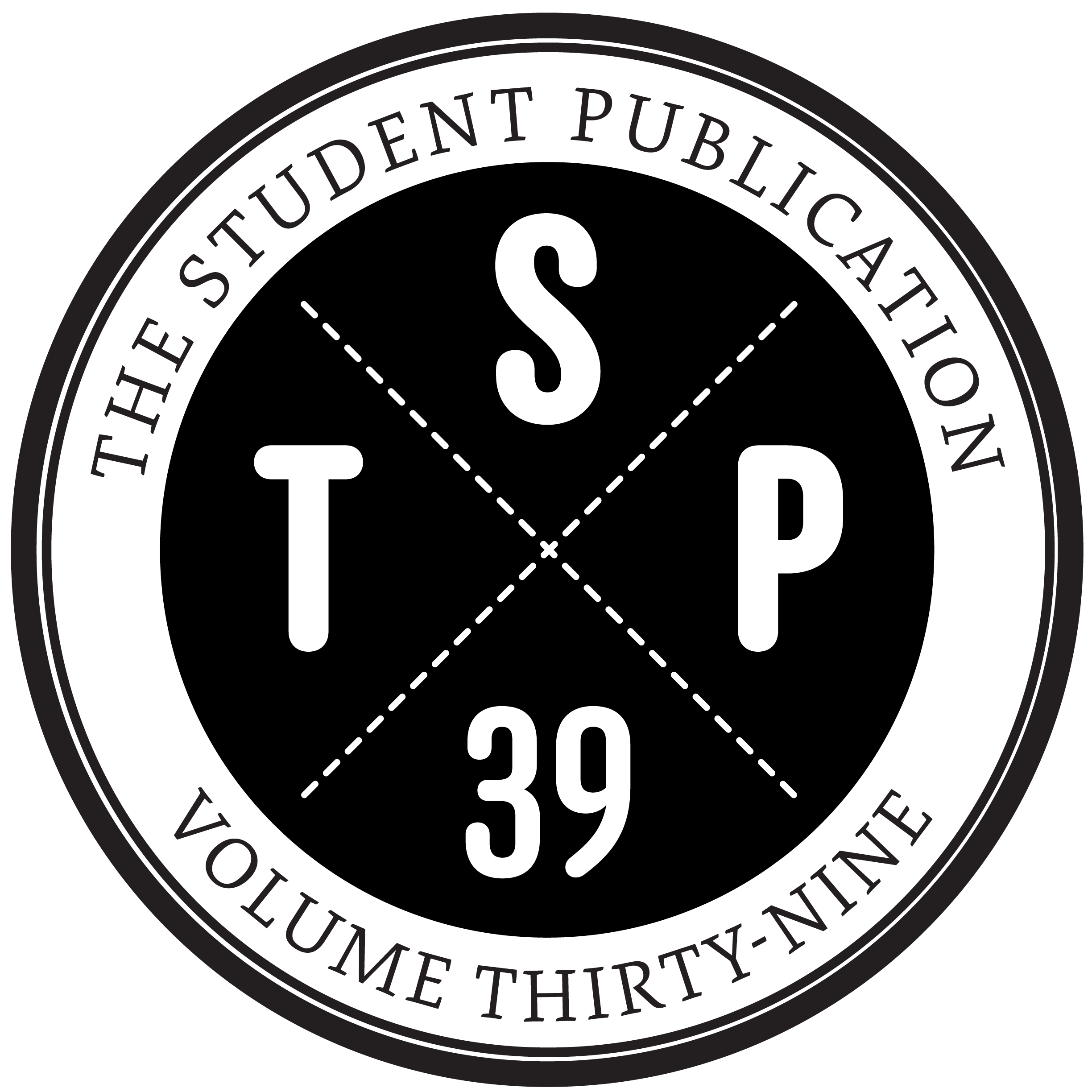FLUX: Design in Transition
In nearly every aspect of design, change, whether packaged in the form of something big or small, is inevitable. To say otherwise would be considered naive and a disservice to the culture surrounding design. This flux, or constant state of change, provides a means of adding diversity and new perspectives on design process and practice. While transitions may inspire conflict, their implications encourage new discourse. Designers must ultimately exist in a state of fluidity, and acknowledge changes in process, collaboration, and ways of thinking to move forward and create alternative, and preferable, futures.
Rather than looking at flux as just the means of being in between, we are interested in understanding this state of change as a series of tensions that are constantly shaping design. We see these transitions in the tools and environments that affect design—between the physical and the virtual. We also see them impacting the role of the designer—as insider and outsider. They are reflected in the temporal forces urging new theories—balancing stability and instability. And they are the driving forces motivating design action—curiosity and constraints.
As tensions, there are no straightforward answers and we hope to provoke a lively dialogue that questions the basic assumptions that have driven, and continue to drive design theory and practice, such as:
- How is materiality reconceived when the final product might not exist in a tangible form at all?
- As designers involve more communities and cultures in the research process, how does their role as insiders or outsiders skew the design perspective?
- How are new methods of design research affecting traditional roles of the designer as insider or outsider?
- How have the expectations of design changed to fuel or limit curiosity in the design process?
- How do new perspectives of physical, social and ecological environments affect the basic assumptions driving how, why and to what degree design “intervenes”?
In Volume 38 of The Student Publication, we aim to explore these relationships, identify tensions, and understand how they motivate the design process.
